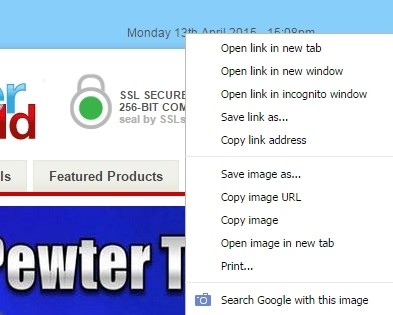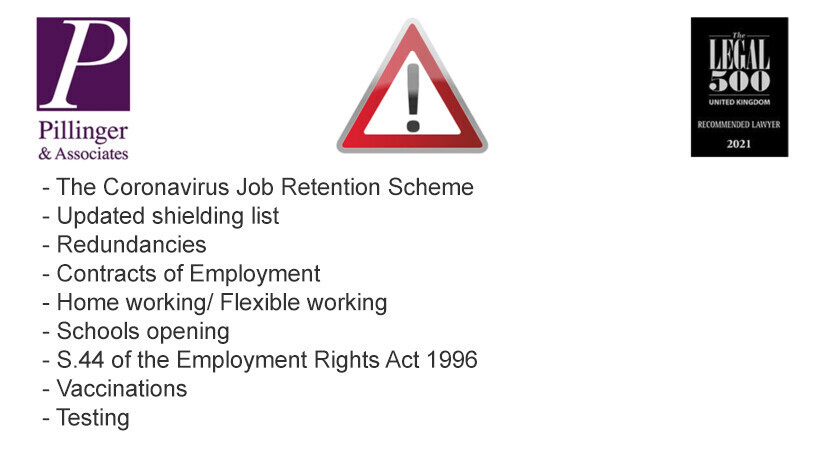You've all no doubt heard in some way shape or form the term; 'Bonker-Conkers?'
This short phrase was thanks to a chap called Shaun Halfpenny, then headmaster of Cummersdale Primary School in Carlisle. Way back in 2004. What he managed in one short moment in his life was to initially make 'elf n safety a joke, for this is what SH managed to achieve, he joked and manufactured a situation which most of the UK press swooped on gloriously.
I'll not bore you with the full details (if you don't already know)...In brief Mr. 'Aitch' had a wonderful idea. He was sick and tired of filling in the endless Health and Safety Executive (HSE) paperwork accompanying his pupils' field trips (despite the fact this was for the well-being of pupils) and wanted to take a poke at the quango's red tape. He assembled a group of schoolchildren, asked them to don some laboratory goggles, and asked them to play conkers. He told the world's media that the goggles were a "sensible" step to protect children's eyes from pieces of flying chestnut.
It was some time later that he admitted it was a complete hoax. Sadly it was 'spun' almost identically by the media and hence the damage had been done.
Now of course we all know and trust that whatever a senior MP tells us is true


